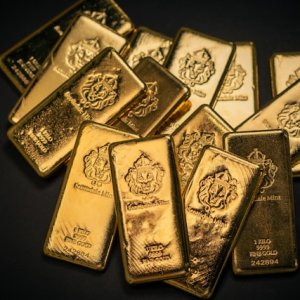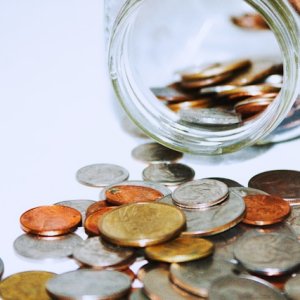Lithium Mining Could Be a Reality in 2024

STORY INLINE POST
Q: How has Advance Lithium's method for lithium and potassium recovery progressed since last year?
A: Lithium is found in different types of deposits. Brines have been the main source of lithium in the south lithium triangle that includes Chile, Argentina and Bolivia. Hard rock deposits are mainly found in Australia and Canada. Finally, clay deposits, found in countries like Mexico, are considered to be the most difficult form for extracting lithium and, therefore, these have not yet been commercialized. We believe we cannot afford to miss the opportunity to take advantage of clay deposits, as there is not enough lithium coming from hard rock or salt deposits to accelerate the green transition. We will have to work with everything, including clay deposits.
Normally, extracting lithium from clay deposits requires a great deal of hydroelectric power and toxic chemicals. However, we are introducing a green solution to this green energy demand. A few years ago, Roberto Perez, a Professor and Researcher at CINVESTAV, told me he was working on extracting lithium and potassium from clay deposits. The method begins by agitating the clay with an aqueous solution. This material is then fed into an electrical recovery device, which does not need much electricity and can be powered by solar energy. The method is somewhat similar to copper recovery, where an electrical device extracts all the copper from a sheet. However, we do the opposite; we attract everything except lithium and potassium. As a result, we are left with lithium, potassium and water, which go into an organic compound that separates them. This process also leaves clean water, which can be recycled. The whole process is responsible and environmentally friendly. It also reduces costs, allowing miners to extract what was previously considered unviable and making projects more profitable.
We have now set up a demonstration plant, which is being optimized by a team of metallurgists. We want to demonstrate to the world that this is a very simplified process compared to many mining recovery methods. We are focusing on processing some of the clay material to gain the recoveries. We are sending these recoveries to the lab to analyze and refine our method. The optimization is going very well and I hope to be able to demonstrate this process at a press conference in the near future.
Q: How have government changes to the lithium law, nationalization and reduction of concessions impacted the company's opportunities in Mexico?
A: There is a difference between what is said and reality. The perception coming from outside Mexico is really influenced by what the media or the government says. However, the reality is different. Many people outside Mexico do not realize that there are very strong mining laws in Mexico. For example, the Constitution states that the Mexican government cannot make retroactive changes. Thus, mining laws cannot affect established projects, such as those being developed by Advance Lithium. New regulations would only affect future companies that want to enter Mexico. Fortunately, I am fully aware of the real impact of these changes; however, fighting these misconceptions is a constant struggle.
Q: How have the company's discussions to form a joint venture with Mexico's national lithium company, LitioMx, advanced and what is needed to boost the country’s opportunities?
A: The people at LitioMx are very smart and I have had very good conversations with them. They are very open to moving forward with a possible joint venture. However, we are in the early days of discussions, so nothing has been finalized, yet. I think the objectives of LitioMx and Advance Lithium are aligned. We want to take advantage of the lithium resources in Mexico and we are aware that the best and fastest way to do this is through a partnership.
One of the biggest strengths is our relationship with local communities. I am an Indigenous Canadian and in Canada, miners have to consult Indigenous communities and include them in projects. I am bringing this same philosophy to Mexico.
Q: How has the company's extraction method been received by the mining community?
A: At the moment, the industry sees us as a novelty. There is interest in what we do but there are also many questions. The case of lithium in Mexico reminds me of what happened in Canada with diamonds. Twenty-five years ago, the Canadian industry did not know how to extract diamonds. Today, it is the third-largest diamond-producing country in the world. This is because they incorporated new technology and expertise. I believe the same could happen in Mexico with lithium. As I mentioned, Mexico only has clay deposits, so for the country to become a major producer it needs to move away from traditional methods. Ganfeng Lithium’s project in Sonora is based on clay deposits and it is costing a great deal of time and money to bring it forward. We need to learn how to better extract lithium in Mexico and we believe we have the method to do so.
Q: Do you think your method can accelerate the process for Mexico to become a lithium producer?
A: In the media, it is always said that it will take years before Mexico starts producing lithium. However, we believe that if we do a joint venture with LitioMx, we will be doing test mining before President Lopez Obrador leaves office in 2024. It is a very fast process because, unlike other operations, clay deposits are on the surface. Similar to the process with diamonds, through dense separation plants, we can start testing samples. If the numbers come out well, we can scale up to commercial production. Another advantage we have is that the demonstration plan will be less than MX$500,000 (US$28,308.33), which is actually very economical compared to other mining projects.
Q: How do you expect to grow the company, especially after 2021, when the company changed from Advance Gold to Advance Lithium?
A: I have 30 years of experience in the mining business and I know very well the different types of business relationships that can be created. For example, BMW is building a battery plant in the state of San Luis Potosi and will need lithium to manufacture batteries. The OEM can source lithium from global or local markets. We are only 50-100km from where the company is building the plant. I am currently in contact, not only with BMW, but also with other automotive companies, to reach offtake agreements. In this case, they put in the money to build the mine and they receive a percentage of what is produced.
Normally, junior mining companies are not able to put a mine into production. It is usually a medium-sized or established company that does it, as it can cost several billions of dollars. However, the scenario for us is different, as we expect to have a joint venture with LitioMx and purchase agreements with end users.
Advance Lithium is a TSX-V (AALI) junior exploration company focused on exploring and acquiring properties containing lithium, precious metals and fertilizer minerals. The company has 13 lithium-potassium-boron ventures in Mexico.
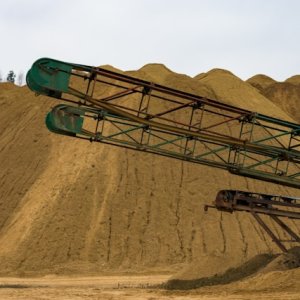

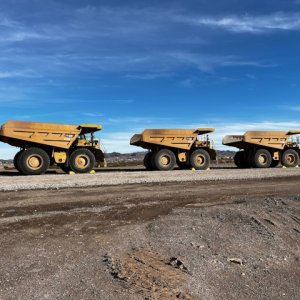

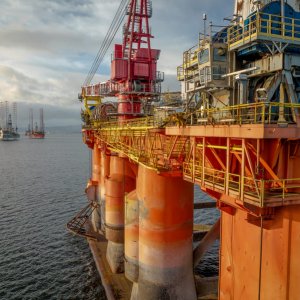
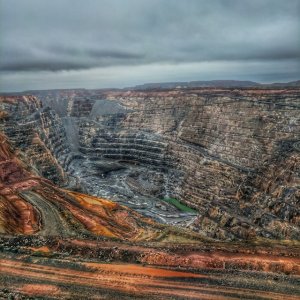

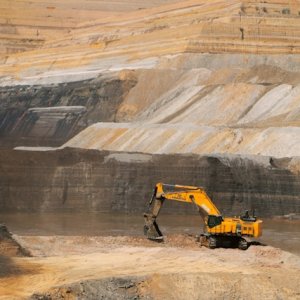
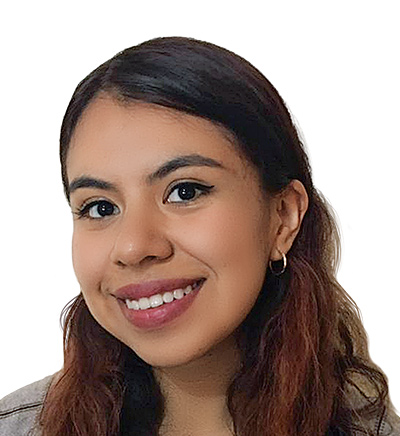 By Paloma Duran | Journalist and Industry Analyst -
Wed, 05/31/2023 - 16:03
By Paloma Duran | Journalist and Industry Analyst -
Wed, 05/31/2023 - 16:03




